- Tags:
- bunraku / kyogen / Noh / Osaka / performing arts
Related Article
-
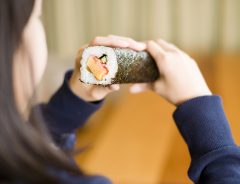
Ehomaki: Unraveling The Giant Sushi Roll Phenomenon
-

Osaka’s egg bun burger joint now serves a hearty Big Eggwich and gluten-free menu
-
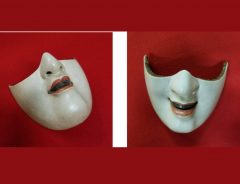
Team of Japanese artisans revive traditional crafts with unique masks and face shields
-
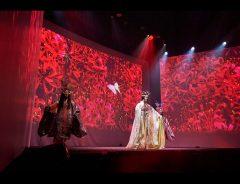
You’ve never seen Noh like this before! Toei’s Noh spectacle is a fantastic, immersive experience
-

Hatsune Miku x BUNRAKU-beyond Ningyō Jōruri performance to be streamed live
-
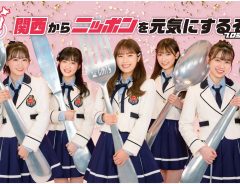
NMB48 has become the official ambassador for an app to support the restaurant industry!
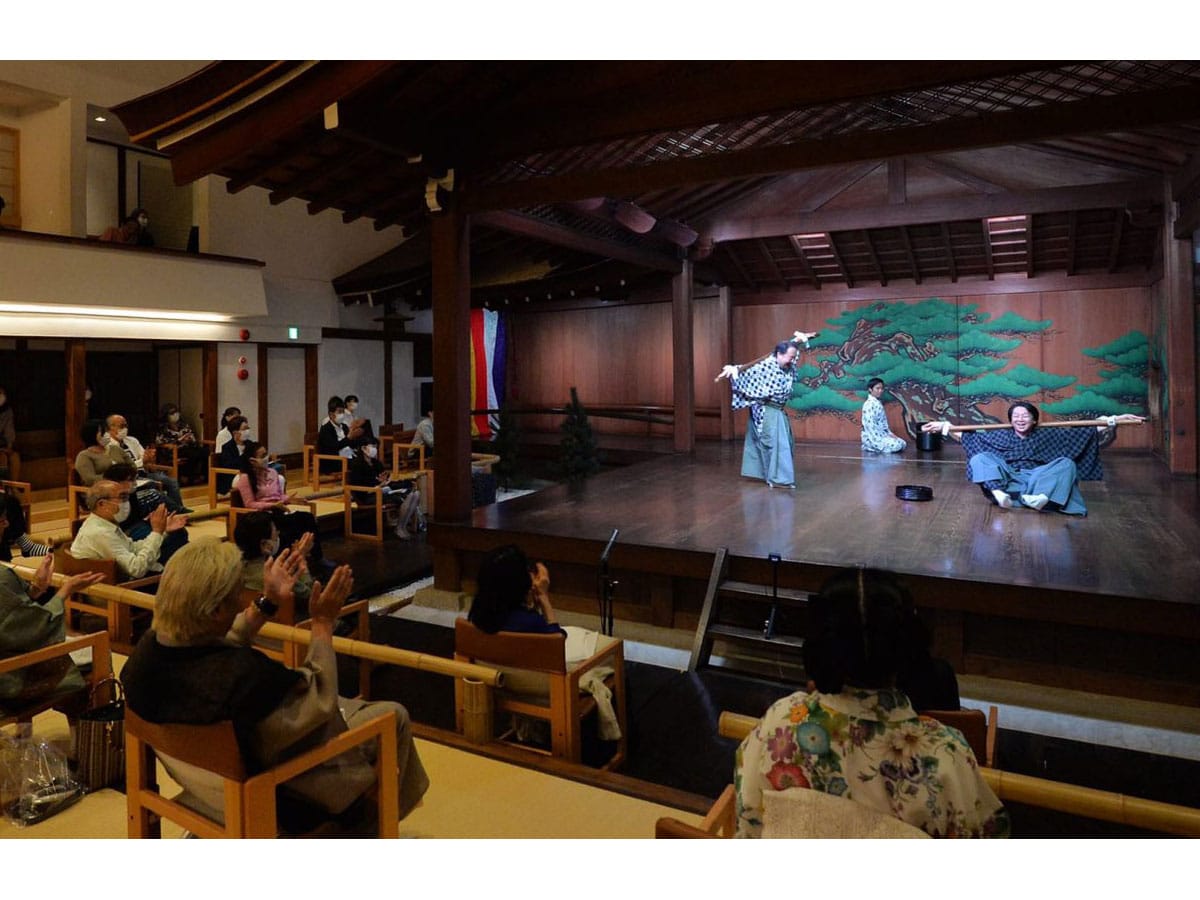


(Noriko Kameoka, Osaka Culture Section, The Sankei Shimbun / JAPAN Forward)
Who would have imagined such a long period of inactivity in the performing arts when the novel coronavirus pandemic first hit Japan?
Since the end of February, traditional performing arts events, such as kabuki and bunraku, have either been cancelled or postponed. Furthermore, the declaration of a state of emergency has led nearly all live performances to vanish from Japan.
Although the lifting of business closure advisories shed some hopeful rays of light on the road to normal life, the nature of the performing arts has prevented activities from resuming so quickly. To begin with, the performing arts inherently embody the three Cs, which stand for “closed spaces, crowded places, and close-contact settings” — the slogan used by the Japanese government when recommending measures to avoid the spread of COVID-19.
Performances involve crowds of people gathering at theaters, both on stage and in the audience, while rehearsals require close-contact communication. Moreover, even if audience numbers are limited in order to prevent infections, concerns arise over whether necessary profits can be achieved.
One kabuki actor said with a sigh, “I cannot tell when performances will resume again.” Another individual involved in bunraku articulated the challenges, saying: “Bunraku requires three puppeteers to work closely together to operate one puppet. The 3Cs simply cannot be avoided.”
Exploring Ways to Keep Culture in Our Lives
Photo by Sankei Shimbun | © JAPAN Forward, Inc.
In the midst of such challenging circumstances, an experimental performance was carried out on June 1 at the Yamamoto Noh Theater in Chuo ward, Osaka.
(...)
Written by Japan ForwardThe continuation of this article can be read on the "Japan Forward" site.
[Corona ni Makeruna] Performing Arts Bounce Back in Osaka Amid the Pandemic